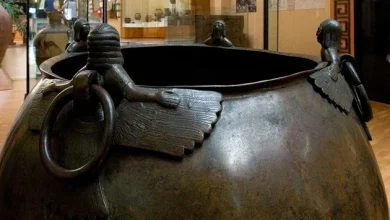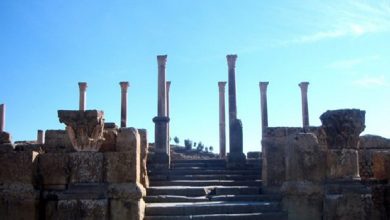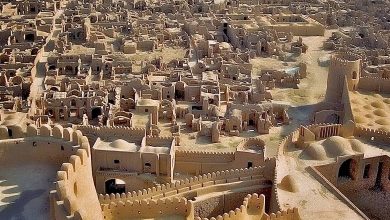The mysteries of Luristan bronze figurines
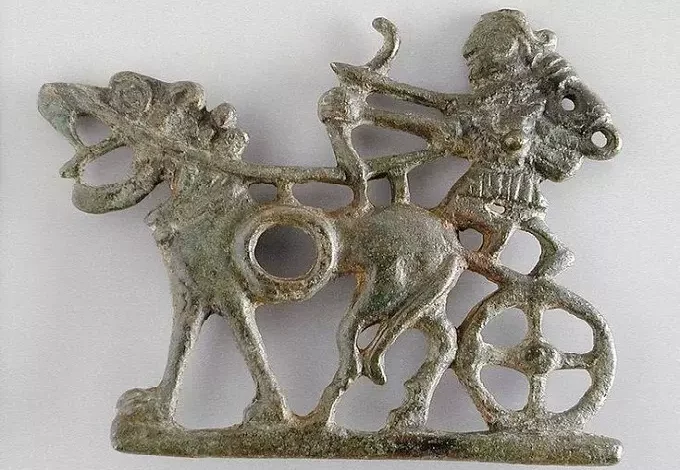
In the late 20s of the last century, the antique market was flooded with exquisite bronze figurines. These were images of people and animals, embossed bronze cups, and elegant pins. They delighted connoisseurs of antiquity, but little was known about the origin of these figures. Traders indicated only the region in the mountains — Luristan (located in western Iran and known today as Lorestan).
At the same time, no information about civilization, time, or the exact place of their origin was reported. The figurines began to spread in 1928 when in the town of Harsin, about 30 kilometers east of Kermanshah, a local farmer discovered them in his fields. The rumor about them quickly spread, both among scientists and local residents, who quickly began to dig. At the same time, streams of merchants who bought works of art and resold them to museums and collectors headed to the city.
The first official excavations and searches for Luristan bronze figurines
The first Western archaeologist to study bronze figurines was German-born scientist Erich Schmidt, who first began exploring Luristan in 1935. On the advice of his wife, Mary Helen, he decided to use the plane to inspect the territory. Thus, Luristan and other Iranian sites, including Persepolis (the ancient capital of the Persian Empire), were previously studied from above.
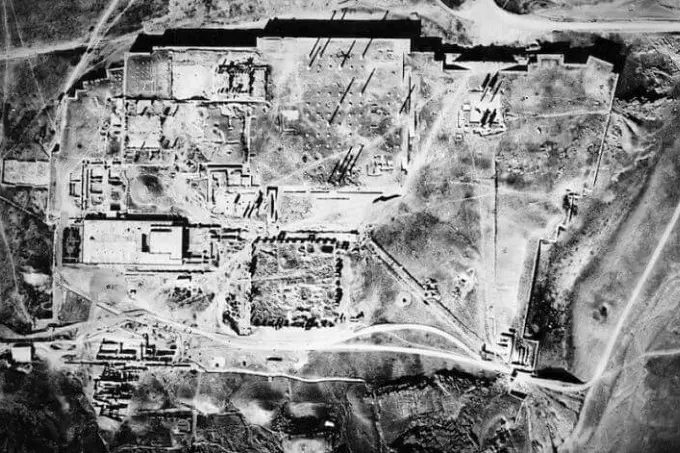
Aerial photography proved to be valuable not only for the study of places but also for archaeology in general. Subsequently, it became widely used by archaeologists all over the world, and is used to this day. However, in addition to aerial photography, scientists have also been using laser mapping lately. So recently, archaeologists managed to discover monuments of Mesoamerican settlements more than 3,000 years old.
Despite multiple unauthorized excavations that began in the late 20s, Erich Schmidt’s team managed to find a large number of bronze, ivory, and ceramics. All the items were similar to those found earlier.
Most of the research work in Surkh-Duma was centered around a multi-chamber structure, which was believed to be a temple or a place of worship. In addition, archaeologists have also found many items in the tombs. But the excavations did not end there. No less rich in finds were the studies conducted in the 1960s and 1970s.
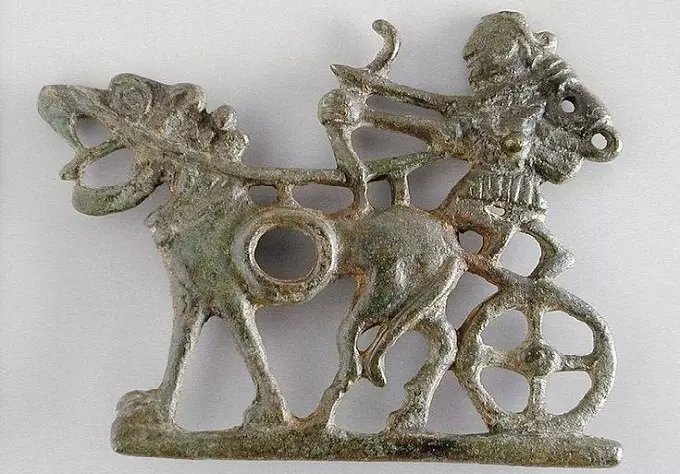
By whom and when were the bronze figures created
It was difficult to establish the dates and chronology associated with the bronze products, since most of the soil layers that archaeologists usually rely on were destroyed. The opportunity to accurately determine the date of manufacture of Luristan bronze figurines appeared only in the last decade. As a recent study has shown, the products were created between the 11th century BC and the middle of the 7th century BC, that is, they were created in the so-called late Iron Age of Luristan.
The civilization that created these products is still a mystery. The candidates include the early Medes, an Indo—European group who lived in the area. Other scientists are inclined to believe that the figures were created by the Cimmerians, a nomadic people who originated in southern Russia and may have migrated to Luristan in the eighth century BC.
Cuneiform inscriptions on swords found in this region suggest that the products were created by the Kassites, a people who settled in Luristan around the 16th century BC. Until the beginning of the twelfth century BC, he occupied central and southern Mesopotamia.

What artifacts were discovered by archaeologists in Luristan?
Most of the items that archaeologists managed to find can be divided into three main categories — standards, metal products for horse harnesses, and pins. Various types of bronze items were also found, including daggers, spears, and axes.
As for the figures themselves, many of them depicted men and women. Many animal figurines have also been found, ranging from big cats or birds of prey to mythological beasts such as griffins and sphinxes. This motif is characteristic of many ancient civilizations. It is believed that it symbolizes the domination of man over nature.
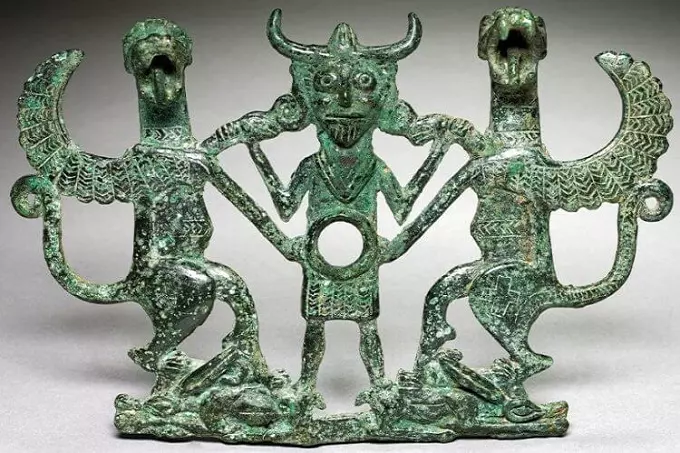
Among the household items, pins are the most famous, the purpose of which is still being discussed. According to one version, they were used to fasten clothes. The pins depict goddesses, animals, etc. Also, many psalms were found (part of an ancient bridle set), they confirm the nomadic lifestyle of the people who owned the products.
The last category is beakers, cylindrical vessels with a slight thickening at the bottom. The relief decoration outside includes scenes such as ritual banquets with important figures surrounded by servants or musicians. As you can see, there are really a lot of different products. One can only hope that, over time, scientists will still be able to unravel the mystery of which civilization they still belong to.

